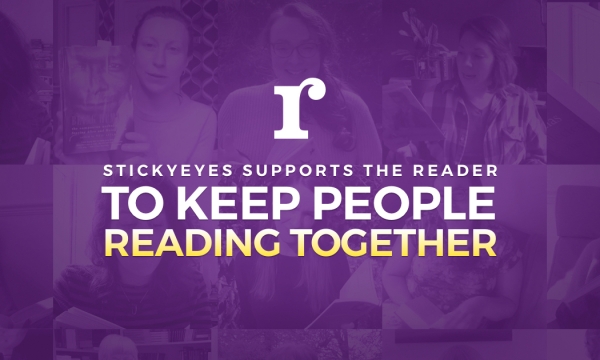As featured on
Brands are starting to communicate in more and more languages. As the world becomes better connected, the need to engage with fans, followers and consumers across multiple territories increases significantly. Earlier this year, Manchester City Football Club rolled out ten new international Twitter accounts and a multilingual website, citing the need to “find new ways to connect and engage with them [fans] in order to build deeper relationships.”
But launching websites in new languages raises a number of challenges, so what logistical considerations should brands be aware of before they simply call in the translation agency?

Plan, Plan and then, do a bit more planning
Taking your site to multiple regions and multiple languages is a big task, so don’t underestimate the work that is involved. This is particularly important in post-implementation.
You’ll need to consider, for example, who is going to manage the content for each individual site. How is the CMS configured for them? Are they a native speaker, with a strong knowledge of not only the language, but of the culture and conventions in that particular market?
How much of your original content is going to be translated? If you don’t have the capabilities to update your blog in a particular language, consider removing it from your site for that territory. Remember that updates to your site could also lead to significantly increased translation and resource costs.
Think about how you are prepared logistically for having a multilingual site. If you are targeting a market in a different time zone, how will you respond to calls outside of your normal office hours? Do you have someone who is on-hand to answer calls in the respective languages that you have on your new site?
Think about your URL structure?
There are three common approaches to structuring websites that appeal to multiple languages and territories:
- ccTLDs (county-code top-level domains). For example, www.google.co.uk, www.google.fr, www.google.com.au, etc.
- Subdomains. For example, http://espanol.mcfc.com
- Subdirectory. For example, www.apple.com/es, www.apple.com/uk, etc
Each approach has its merits and its disadvantages but the approach that you do take is likely to be influenced by your preferred server setup, marketing strategy and resource.
If the majority of your content and activity is focused around a single territory (such as a .com), then a subdirectory is preferable to enhance the authority of that domain, as search engines view subdomains as separate entities. This approach is relatively easy to manage via a CMS hosted on a single server.
An approach using ccTLDs does have benefits, such as clear geo-targeting, but Google recommends that an approach using subdirectories or subdomains is better if resources are limited.
Is your current design up to the job
Adding multiple languages to your site is likely to impact the design in some way. Some languages are going to result with shorter or longer paragraphs that those currently on your English site, which could ‘break’ the page components.
Setting aside development time to thoroughly test, troubleshoot and remedy issues once a site is implemented is critical to ensuring that your site is a hit in a new territory.
Do the initial groundwork
So you have translated your content, but how are you going to get that content onto your site, or sites? Manually editing dynamic and hard-coded content for each site can be a laborious task. However, depending on the way your site is set up, you can make life easier for yourself.
Snippets of content embedded within the template of a site can benefit from an internationalisation tool such as gettext.
Gettext uses dictionary files to define translations and the various components within a website, allowing the translator to edit one file, with English copy in one column, and the associated translation in another.
If you do decide to go down this particular route, make sure that you also plan for some development time. You will need to, amongst other things, import the gettext dictionary files for this to work.
Think about the logistics of the translation
We’re lucky to have native-level speakers in 17 different languages in-house to help with our own website translation, but it’s highly likely that you’re going to be using a specialist translation agency.
Make sure that the agency that you ultimately choose is happy with your preferred implementation method, which means that they will need to understand the format of the dictionary files defined by your site's developer.
But that’s not all!
Those might be the five biggest considerations, but there are a few other things that you really cannot afford to ignore:
- Make sure that search engines know which version of your site they are crawling. Do this through Webmaster Tools and with the Hreflang attributes.
- Make sure that users are offered the right site for them by using IP and User Agent detection.
- Make it easy for users to switch between languages with a clear, intuitive site switcher.
Want to know more about our international design and development services? Get in touch!




